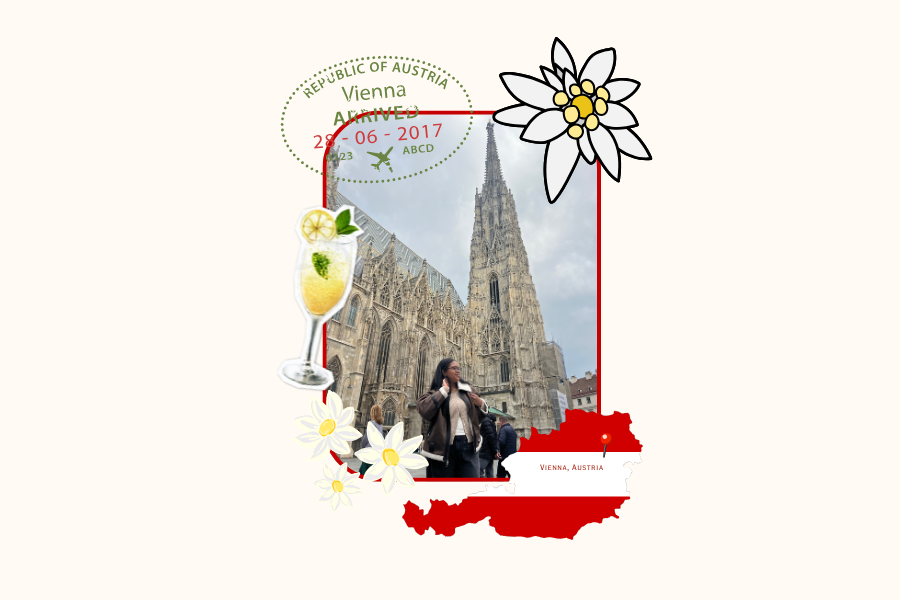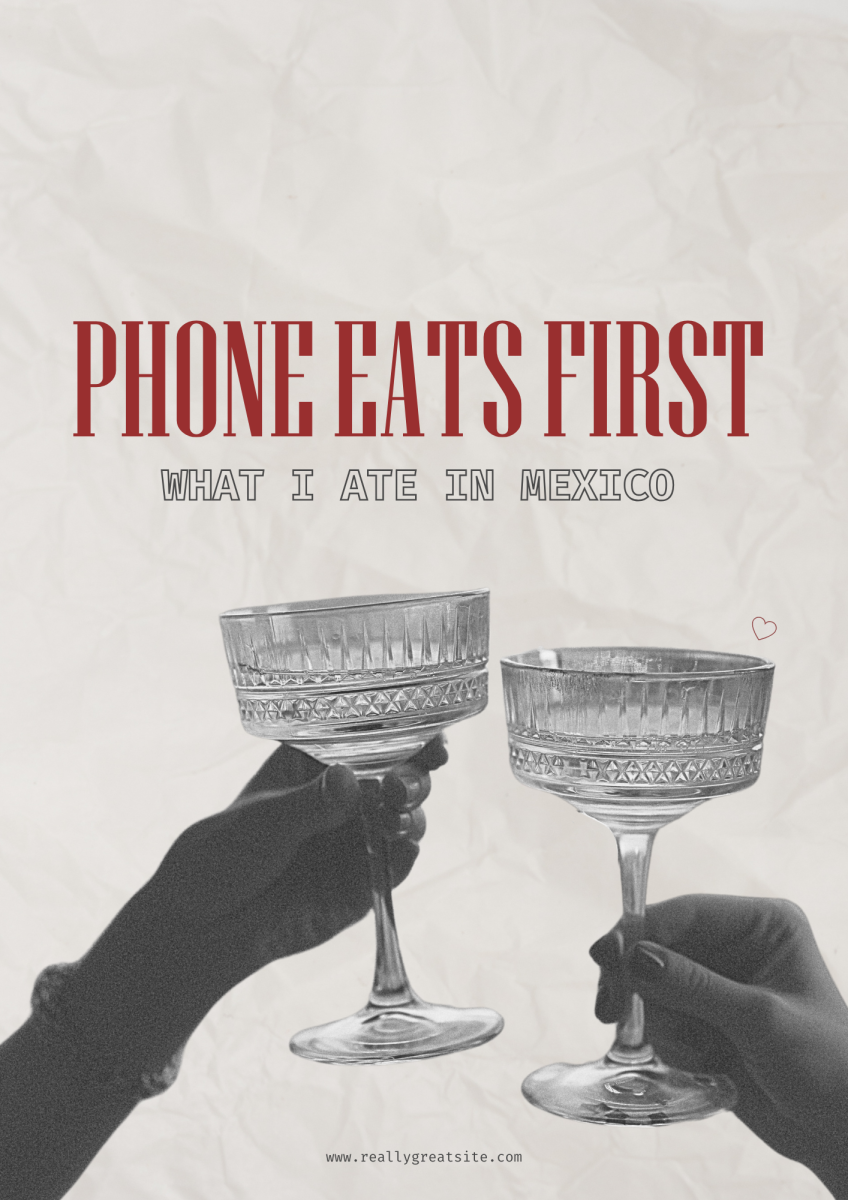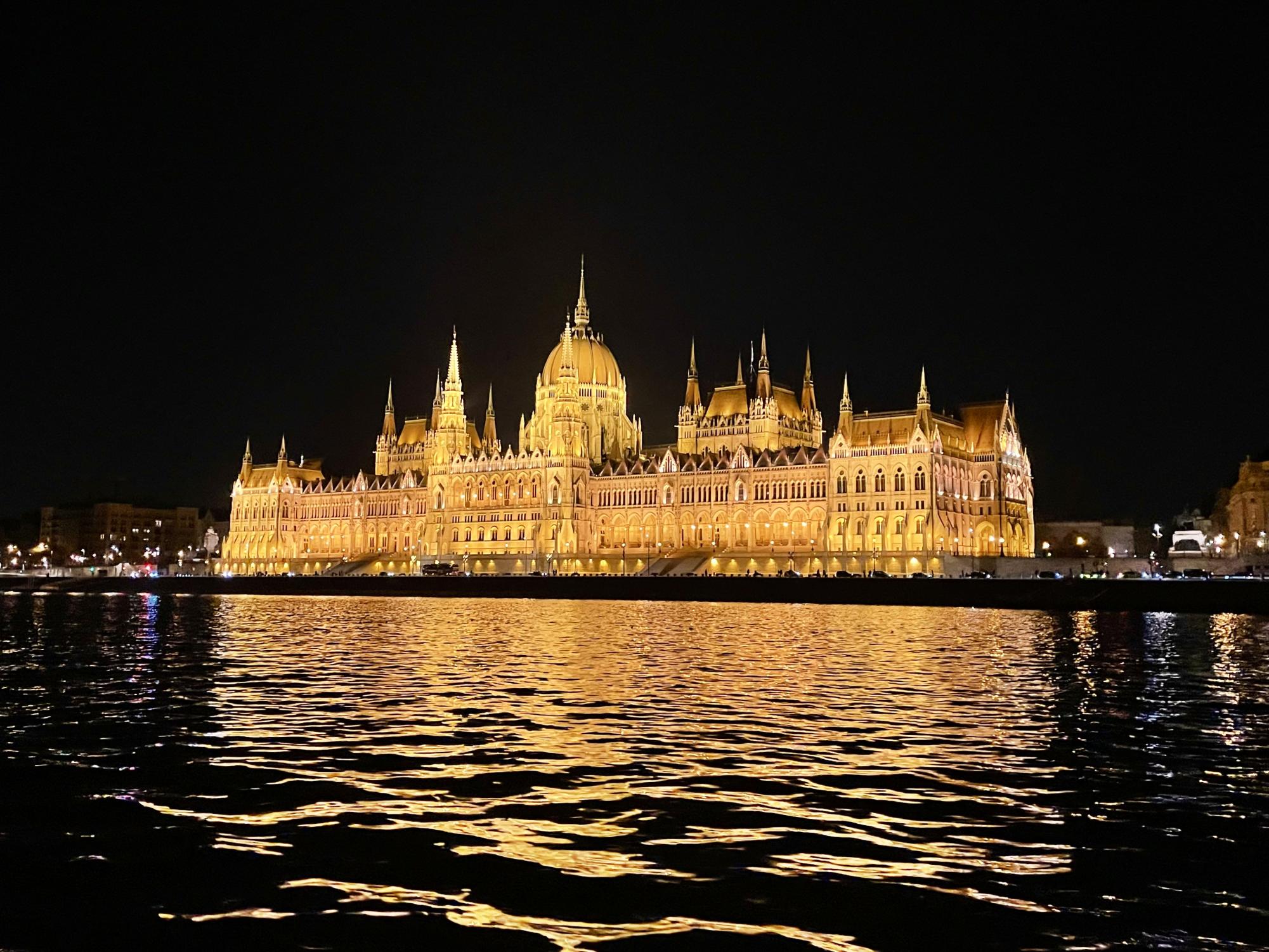
The trip of a lifetime: an inside look of Europe
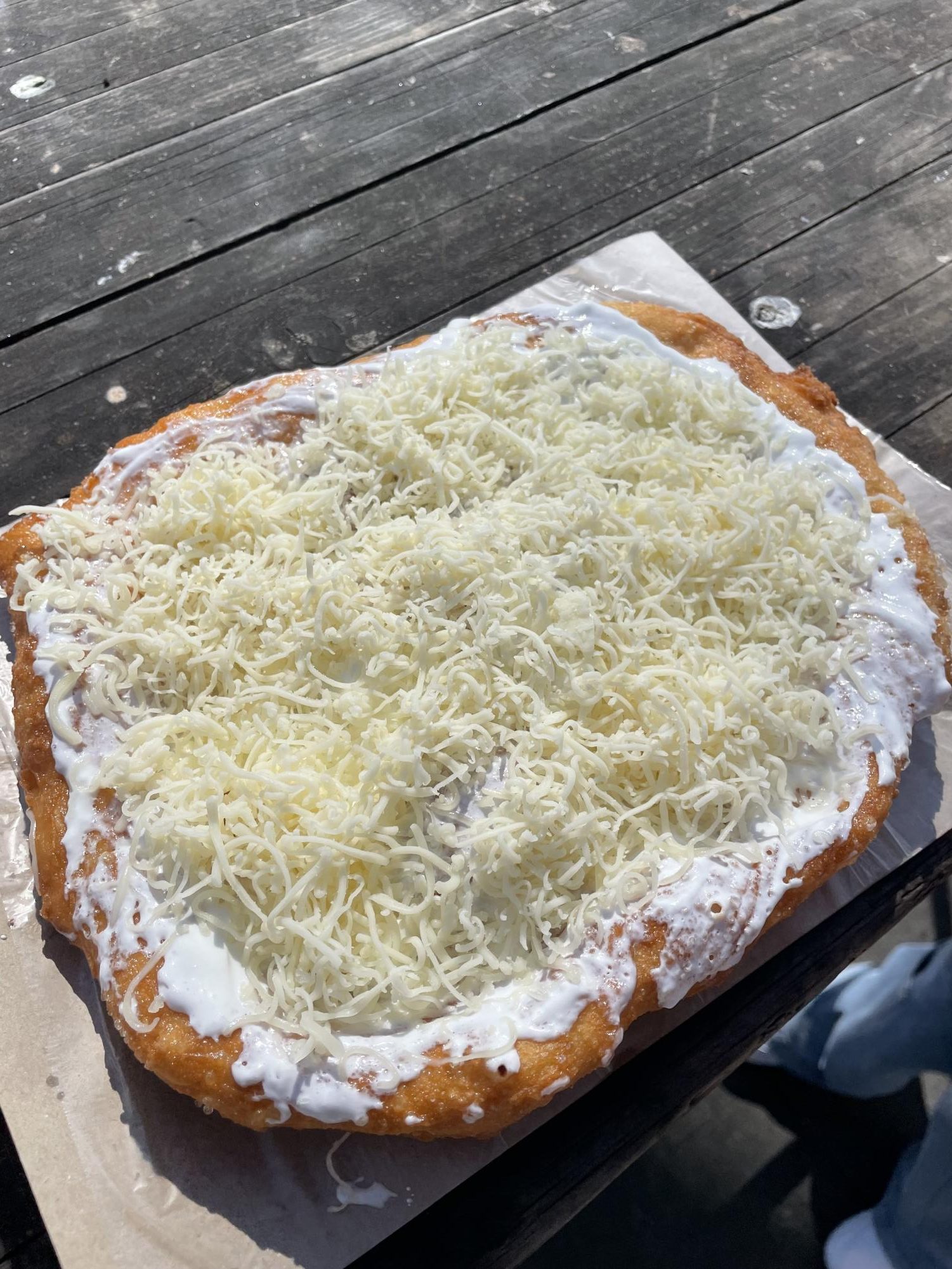
Students, including myself, tried many unique foods, like Lángos, a traditional salty dish from Budapest. It is fried bread dough with sour cream spread on top and sprinkled with cheese. People also tried Schnitzel from Vienna, a traditional dish of thinly sliced veal breaded and served with lemon.
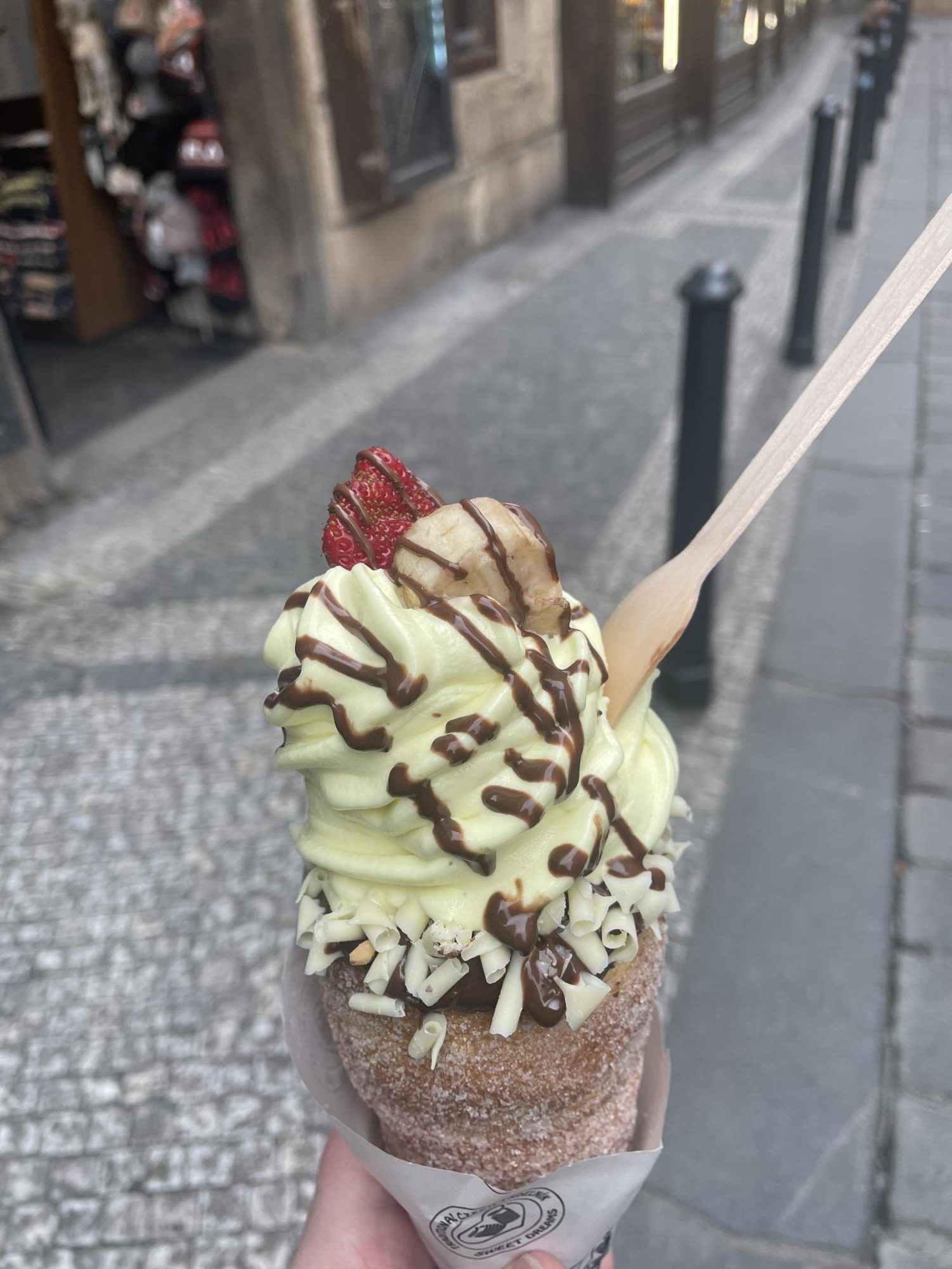
Chimney cake is a dessert popular in Budapest and Prague. It is a sweet cake with cinnamon sugar, typically served with ice cream. There is a friendly dispute over which city has the best cake.
In addition to trying European foods, students visited multiple historical buildings. The first significant place was the Budapest Castle, built in the 13th century. Originally built to defend against the Mongol invasions, it evolved into a royal residence and palace. It’s a blend of Gothic, Baroque, and Renaissance styles, reflecting the various times it was built and rebuilt.
Schönbrunn Palace, located in Vienna, is a 16th-century building that started as a modest hunting lodge. In the 18th century, Empress Maria Theresa transformed it into the magnificent palace it is today. Its most significant use was as the summer residence for the Habsburg emperors, symbolizing their power and influence for centuries. The palace also showcases Baroque architecture, elaborate gardens, and a deep, rich history.
Finally, Prague’s Astronomical Clock was installed in the Old Town Square of the city in 1410. This makes it the 3rd oldest astronomical clock in the world and the oldest still in operation. What makes this clock special is that it not only tells the time, but also the position of the sun, moon, and stars. An hourly show displays the 12 apostle figures parading through the two windows above the clock. Symbolic figures also move during the show that represent death, greed, vanity, and extravagance. A skeleton inverts an hourglass and rings a bell, and a golden rooster crows at the end.











